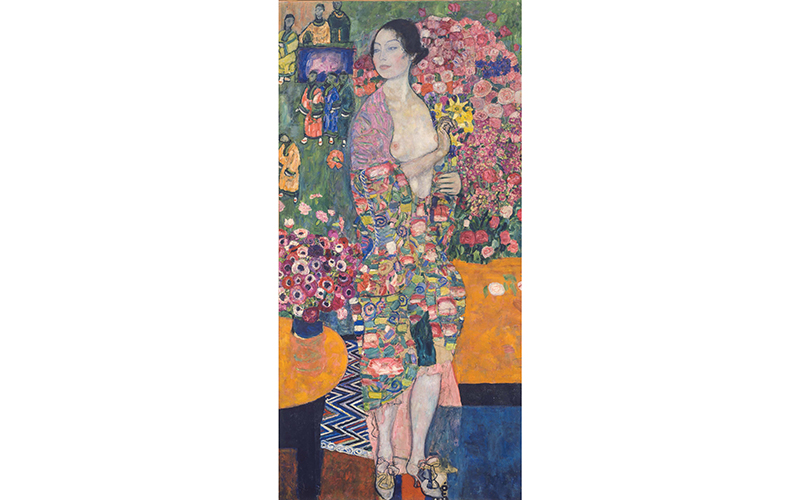- Events & Programs Home
- Calendar
- Accessibility
- Adults
-
Families & Teens
- Families & Teens Home
- 10x10 Teen Art Expo
- Art on the Rise
- Art Together: Art Making for Families with Children Ages 3–5
- Babies Sing with May Festival Minis
- Boy Scouts / Girl Scouts
- CAM Kids Day
- Family Storytime and Gallery Walk
- Family Studio: Art Making for Families with Children Ages 6–12
- Games in the Galleries
- Members-Only Baby Tours
- Public Baby Tours
- REC Reads
- Rosenthal Education Center (REC)
- Saturday Morning Art Class
- See Play Learn Kits
- Summer Camp
- Teen Fest: Zine and Comic Exchange
- Teachers
- Community Outreach
- Fundraisers
- Plan Your Own Event

- Events & Programs Home
- Calendar
- Accessibility
- Adults
-
Families & Teens
- Families & Teens Home
- 10x10 Teen Art Expo
- Art on the Rise
- Art Together: Art Making for Families with Children Ages 3–5
- Babies Sing with May Festival Minis
- Boy Scouts / Girl Scouts
- CAM Kids Day
- Family Storytime and Gallery Walk
- Family Studio: Art Making for Families with Children Ages 6–12
- Games in the Galleries
- Members-Only Baby Tours
- Public Baby Tours
- REC Reads
- Rosenthal Education Center (REC)
- Saturday Morning Art Class
- See Play Learn Kits
- Summer Camp
- Teen Fest: Zine and Comic Exchange
- Teachers
- Community Outreach
- Fundraisers
- Plan Your Own Event
The Role of the Dancer
The Role of the Dancer
- Home
- Plan Your Visit
- Art
-
Events & Programs
- Events & Programs Home
- Calendar
- Accessibility
- Adults
-
Families & Teens
- Families & Teens Home
- 10x10 Teen Art Expo
- Art on the Rise
- Art Together: Art Making for Families with Children Ages 3–5
- Babies Sing with May Festival Minis
- Boy Scouts / Girl Scouts
- CAM Kids Day
- Family Storytime and Gallery Walk
- Family Studio: Art Making for Families with Children Ages 6–12
- Games in the Galleries
- Members-Only Baby Tours
- Public Baby Tours
- REC Reads
- Rosenthal Education Center (REC)
- Saturday Morning Art Class
- See Play Learn Kits
- Summer Camp
- Teen Fest: Zine and Comic Exchange
- Teachers
- Community Outreach
- Fundraisers
- Plan Your Own Event
- Give & Join
- About
- Tickets
- Calendar
- Exhibitions
- Collections
- Blog
- Shop
- Art
- Exhibitions
- What, Me Worry? The Art and Humor of MAD Magazine
- Recall. Reframe. Respond. The Art of Paul Scott
- Rediscovered Treasures
- Special Features
- Upcoming Exhibitions
- Past Exhibitions
- Online Exhibitions
- Explore the Collection
- Provenance and Cultural Property
- Conservation
- Meet the Curators
- Digital Resources
- Art Bridges Cohort Program

Gustav Klimt (Austrian, 1862–1918), The Dancer, circa 1916–18, oil on canvas, Private Collection, Courtesy Neue Galerie, New York
Transcript
Hello, my name is Destiny Brown and I am a Visitor Services Assistant at the museum. I will be reading The Role of the Dancer section in Unlocking an Art Deco Bedroom by Joseph Urban.
Visitors to Joseph Urban’s Wiener Werkstätte of America showroom entered the venue’s reception room and were greeted by the colorful and seductive painting The Dancer. Urban’s placement of this late and unfinished painting by Viennese artist Gustav Klimt (1862–1918) was undoubtedly intended to instantly awe and intrigue his guests. It, and other works by Klimt displayed in the showroom, ultimately spurred a surge of Klimt mania in America. Of all the showroom’s elegant spaces, the reception room, whose furniture is on view nearby, was the most discussed and reproduced by the media, extending The Dancer’s appeal far beyond New York.
Letters from the period record Urban’s own obsession with The Dancer. Urban’s wife, Mary, noted, ". . . although unfinished, [it] is such a joy in color and composition, that Mr. Urban studies it for hours. . . ." Unwilling to part with it, he purchased the painting for his collection and commissioned reproductions of it to sell and incorporate in commissions. An oil-on-canvas reproduction was originally proposed for the Wormser Bedroom, but Leo Wormser felt it was too expensive and inappropriate. However, The Dancer likely served as a muse for the project, influencing both the room’s aura and color palette.
Cincinnati, OH 45202
Toll Free: 1 (877) 472-4226
Museum Hours
Museum Shop
Terrace Café
Library
Cincinnati Art Museum is supported by the tens of thousands of people who give generously to the annual ArtsWave Campaign, the region's primary source for arts funding.

Free general admission to the Cincinnati Art Museum is made possible by a gift from the Rosenthal Family Foundation. Exhibition pricing may vary. Parking at the Cincinnati Art Museum is free.
Generous support for our extended Thursday hours is provided by Art Bridges Foundation’s Access for All program.

General operating support provided by:



